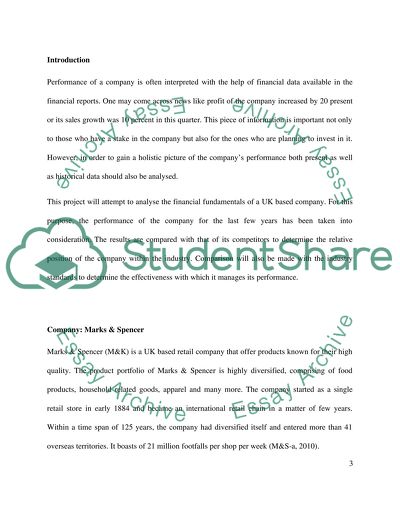Cite this document
(Company Overview: Marks & Spencer Case Study Example | Topics and Well Written Essays - 2000 words - 3, n.d.)
Company Overview: Marks & Spencer Case Study Example | Topics and Well Written Essays - 2000 words - 3. Retrieved from https://studentshare.org/finance-accounting/1571717-financial-analysis
Company Overview: Marks & Spencer Case Study Example | Topics and Well Written Essays - 2000 words - 3. Retrieved from https://studentshare.org/finance-accounting/1571717-financial-analysis
(Company Overview: Marks & Spencer Case Study Example | Topics and Well Written Essays - 2000 Words - 3)
Company Overview: Marks & Spencer Case Study Example | Topics and Well Written Essays - 2000 Words - 3. https://studentshare.org/finance-accounting/1571717-financial-analysis.
Company Overview: Marks & Spencer Case Study Example | Topics and Well Written Essays - 2000 Words - 3. https://studentshare.org/finance-accounting/1571717-financial-analysis.
“Company Overview: Marks & Spencer Case Study Example | Topics and Well Written Essays - 2000 Words - 3”. https://studentshare.org/finance-accounting/1571717-financial-analysis.


